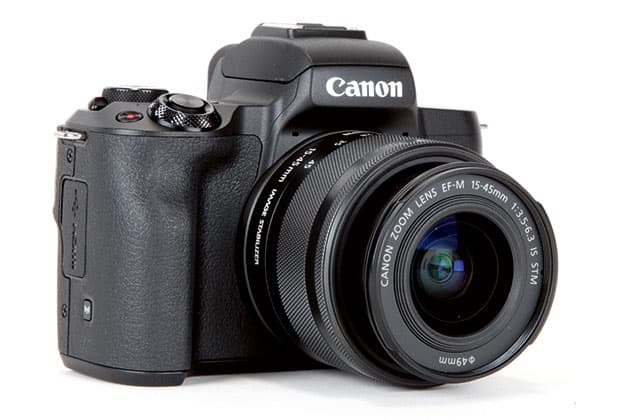Compact Camera of the Year Sony RX100 VI
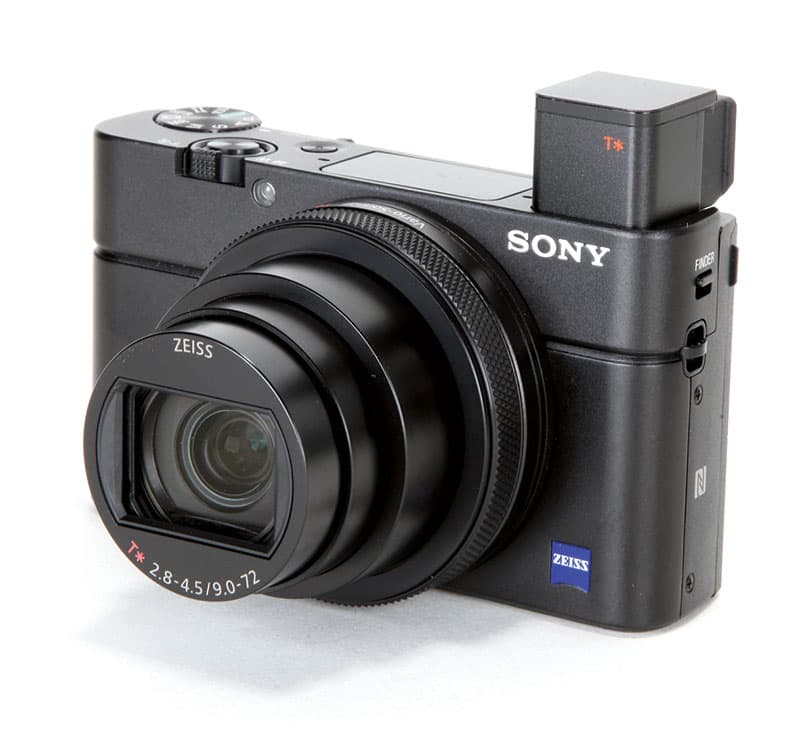
Why we like it
- Really useful 24-200mm equivalent zoom range
- Very good image quality G Remarkably fast autofocus and continuous shooting
- High-quality pop-up electronic viewfinder
- Tilting screen allows flexible compositional options
With this latest iteration of its ground-breaking pocket camera, Sony has made perhaps its most significant change to date. In place of the 24-70mm equivalent zoom used by the previous three generations, it’s added a considerably longer 24-200mm equivalent optic, while retaining almost the same body size. With impressive image quality across the entire zoom range, this makes for an excellent compact camera that’s capable of shooting a wide range of subjects.
The class-leading spec sheet includes 24 frames-per-second continuous shooting complete with exposure and focus adjustment between frames, a 315-point hybrid autofocus system including on-chip phase detection, and 4K video recording. Another key design feature is the clever electronic viewfinder that pops up out of the top plate and retracts when not in use. This facilitates the double-hinged LCD screen design, which can rotate 90° down for overhead shooting, or 180° forwards for selfies.
What’s particularly impressive, though, is how these features are all somehow crammed into a body that will fit into a shirt pocket. For those who can afford the £1,149 asking price, and are prepared to put up with its handling foibles, the Sony RX100 VI might just be the perfect pocket travel camera.
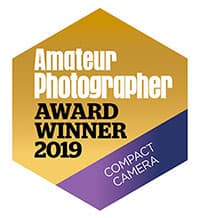
Nominees
- Panasonic Lumix DC-LX100 II
- Panasonic Lumix DC-TZ200
- Sony RX100 VI
Smartphone Camera of the Year Huawei Mate 20 Pro
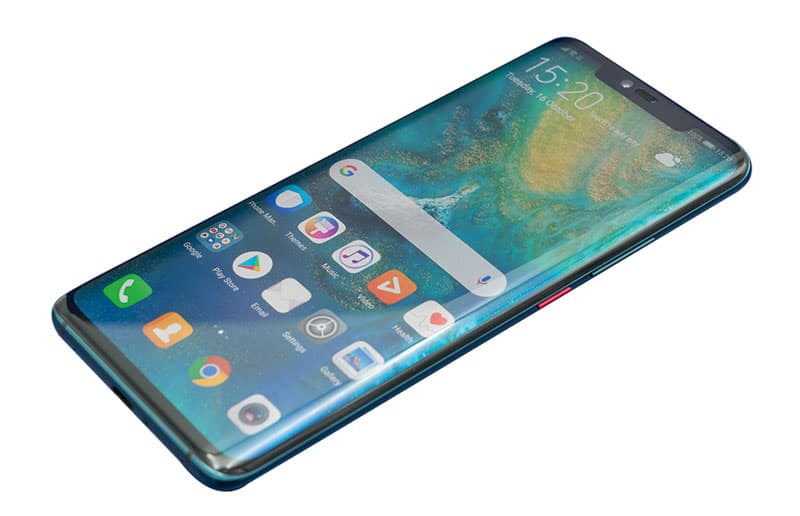
Why we like it
- Triple camera including ultra-wideangle lens
- Fully featured camera app includes full manual control
- DNG raw recording from all three cameras
- Excellent battery life and rapid charging
- Attractive, water-resistant design
Huawei has been producing some spectacular smartphones over the past few years, with innovative camera technology that’s co-engineered with Leica. With this latest model, it has taken the already-excellent camera used by its P20 Pro and added a 16mm equivalent lens, alongside 27mm and 80mm camera modules. This makes for a unique device that brings a whole new perspective to smartphone photography, allowing you to switch from ultra-wideangle to short telephoto simply by tapping a button.
Huawei’s camera app is both impressively well-featured and intuitive to use. Alongside the basic point-and-shoot Photo mode, you get an Aperture mode for shallow depth-of-field effects, a Night mode that allows handheld exposures up to eight seconds, and a Portrait mode including various relighting and bokeh-simulation effects. Enthusiast photographers should particularly appreciate the Pro mode, which gives full manual control and the ability to record DNG raw files.
The device is based around a lovely 6.39in OLED HDR screen that’s gently curved towards the edges, with a fingerprint reader embedded underneath. Its huge 4200mAh battery charges quickly and is easily capable of lasting a day of intensive use. Last but not least, IP68 water-resistance means it should survive an accidental soaking. For serious photographers, there’s nothing else quite like it.

Nominees
- Google Pixel 3 XL
- Huawei Mate 20 Pro
- Huawei P20 Pro
Entry-level Camera of the Year Canon EOS M50

Why we like it
- Compact size and light weight
- Reliable metering and auto white balance
- Quick and accurate autofocus
- Easy-to-use interface that gives extensive control
- Fully articulated touchscreen LCD
With this premium entry-level model, Canon is finally offering buyers a genuine choice between DSLR and mirrorless. It employs an SLR-like design with a built-in central electronic viewfinder and fully articulated touchscreen, while offering a similar degree of external control to the ultra-compact EOS 200D DSLR. But beneath its unassuming exterior lies a camera that’s easy to use and takes great pictures.
The EOS M50 is built around a 24MP APS-C sensor that uses Canon’s Dual Pixel CMOS technology to provide fast, accurate phase-detection autofocus across most of the image area. It’s capable of shooting at up to 10 frames per second, or 7.4fps with focus adjustment between shots. Well-implemented Bluetooth and Wi-Fi connectivity makes it easy to share your favourite images or control the camera remotely using your smartphone.
Despite its small size, the EOS M50 handles well and provides a decent level of external control, complemented by an excellent touchscreen interface. Most importantly, it’s capable of producing consistently fine images, with attractive colours and well-judged exposure.
Overall this is a very likeable little camera that manages to be simple and approachable for novices, while also offering a full degree of manual control for enthusiasts. It’s a great option both for beginners, and for Canon DSLR owners tempted by the advantages of mirrorless.
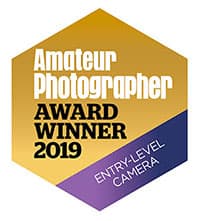
Nominees
- Canon EOS M50
- Fujifilm X-T100
- Olympus PEN E-PL9
Professional Camera of the Year Fujifilm GFX 50R

Why we like it
- Superlative image quality with stunning detail
- Excellent design places key controls at your fingertips
- Intuitive dial-led operation gives a fluid shooting experience
- Excellent viewfinder and screen enables precise composition
- Robust, weather-resistant construction
With the GFX 50R, Fujifilm has come up with a Goldilocks formula for medium- format digital. It’s placed a 51.4MP CMOS sensor that’s 70% larger than full frame into a relatively compact body that’s just as easy to carry around as a high-end DSLR. What’s more, it’s not stratospherically more expensive either.
In terms of design, the GFX 50R uses a rangefinder-style body with a corner-mounted viewfinder. It’s built around traditional analogue shutter speed and exposure compensation dials on the top-plate, alongside aperture rings on the lenses. With further key controls placed at your fingertips, including an electronic dial for ISO and an AF-selector joystick, it’s an absolute pleasure to use. Thanks to its dust and weather-resistant construction, it can readily be taken out of the studio and shot on location in tough conditions, too.
The large, high-resolution electronic viewfinder is joined by a tilting rear screen that facilitates shooting at awkward angles, with both giving an accurate preview of how your shots will come out. Crucially, the medium-format sensor brings addictively high image quality, combining exceptional detail and phenomenal dynamic range with Fujifilm’s peerless colour reproduction. For those able to fully exploit its strengths, the GFX 50R is a truly phenomenal photographic tool.
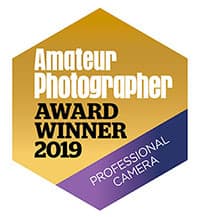
Nominees
- Fujifilm X-H1
- Nikon Z 7
- Fujifilm GFX 50R
Enthusiast Camera of the Year and Product of the Year Nikon Z 6

Why we like it
- Robust and hard-wearing body
- Excellent handling
- Sensational EVF at its price point
- Responsive autofocus system
- Promising selection of Z-series lenses
The Nikon Z 6 was the real standout camera of 2018, impressing all of us on the AP team. It picked up a 5-star Gold Award when we reviewed it, which it has now followed-up by winning the Enthusiast Camera of the Year Award as well as the highly coveted Product of the Year award.
Sister to the high-resolution Z 7, the Z 6 is a remarkably versatile full-frame mirrorless camera that provides what so many Nikon users looking to make the transition from DSLR to mirrorless have been waiting for. It shares the same body design and uses the same large-diameter, short back-focus lens mount as the Z 7, but differs in that it’s more of a general purpose model, incorporating a lower resolution 24.5MP full-frame BSI CMOS sensor, 273-point phase detection AF system and fast 12fps burst shooting.
The hurdle of allowing existing Nikon owners to make good use of their F-mount lenses has successfully been overcome by creating the FTZ mount adapter. New users to the camera will be bowled over by the excellent viewing experience of the large electronic viewfinder, as well as the quality of the images it delivers. Despite being smaller and lighter than equivalent DSLRs, it has wonderful handling characteristics that make it feel every bit like a thoroughbred Nikon to use.
Overall the Z 6 is an astonishingly impressive camera for the money and is the full-frame camera to go for if you don’t require the Nikon Z 7’s super high-resolution output. Nikon has entered the high-end mirrorless market with quite a statement and to produce a camera of such high quality as the Z 6 at its first attempt further highlights the firm’s commitment to challenging in the full-frame market at the highest level.

Nominees
- Fujifilm X-T3
- Nikon Z 6
- Sony Alpha 7 III

